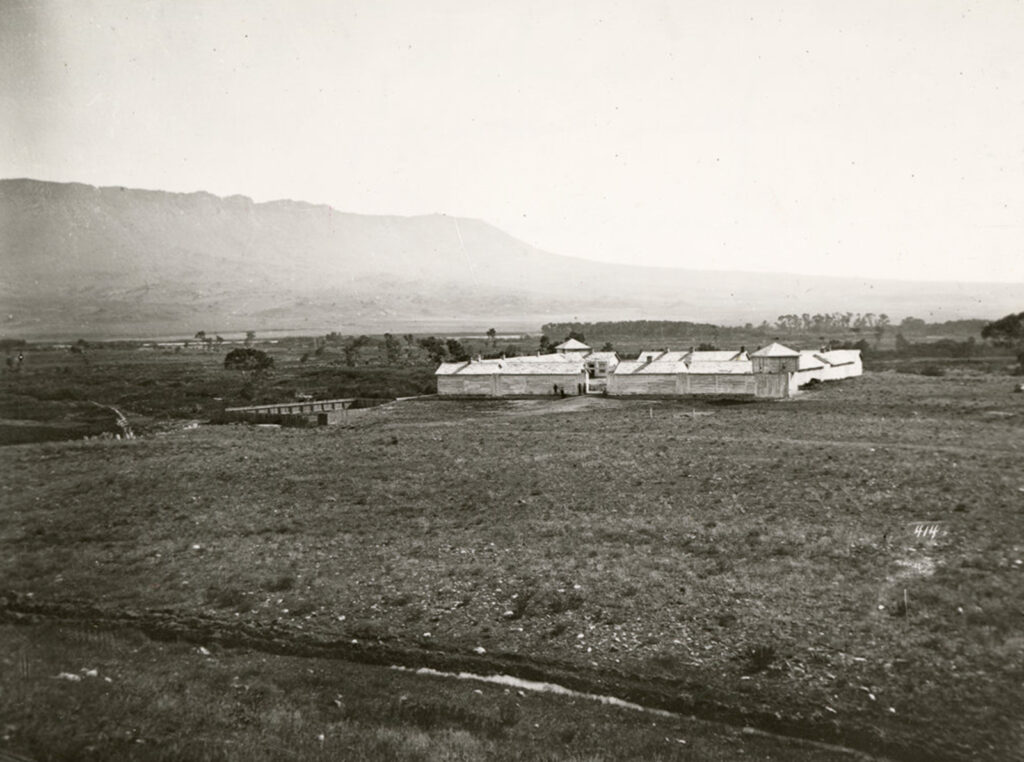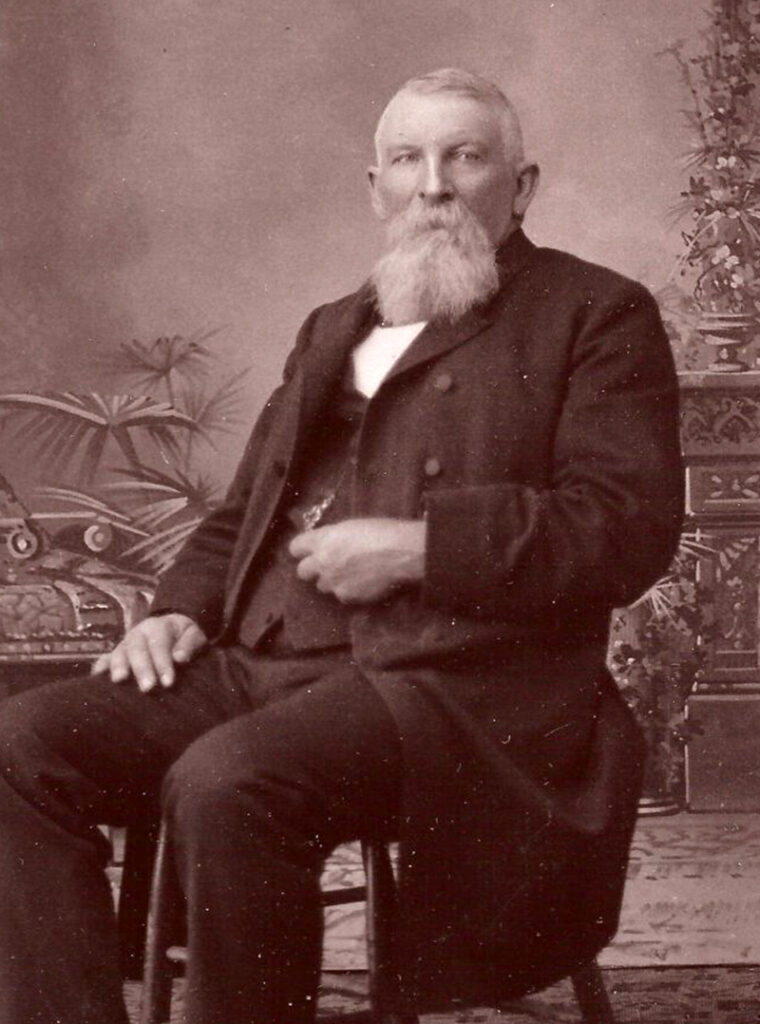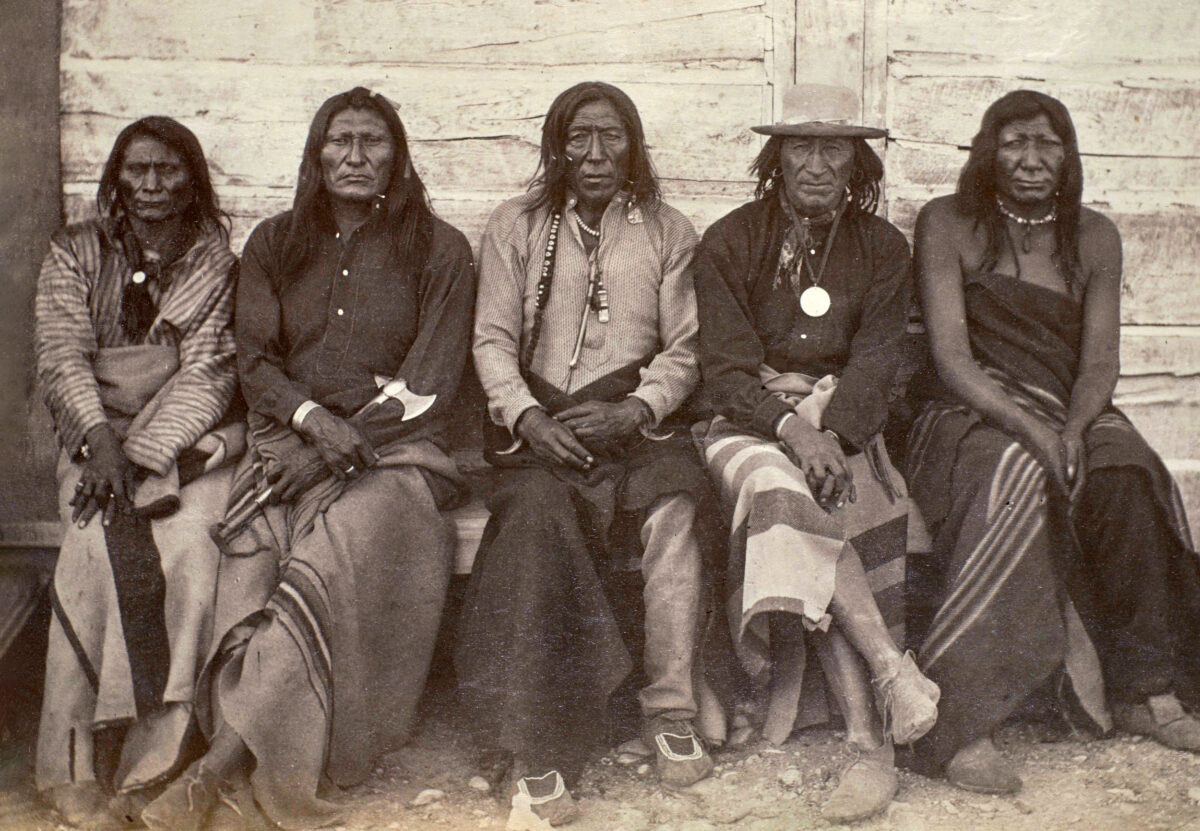One stipulation of the 1868 Treaty of Fort Laramie called for the establishment of a Crow agency running parallel to the Yellowstone River in Montana Territory. The site was to become Fort Parker, named for newly appointed U.S. Commissioner of Indian Affairs Ely S. Parker, a Seneca-born Civil War veteran. The construction of the post deposited thousands of federal dollars into the outstretched hands of businessmen in nearby Bozeman, and the flow of government funds only increased. For the period between Nov. 1, 1870, and Nov. 26, 1871, Fort Parker agent Fellows D. Pease submitted a staggering tab of $133,936 (nearly $3.2 million in today’s dollars) for services and supplies from local merchants and contractors. But what of the agency’s Crow wards? Did they share in the boon?
Bozeman traces its origins to Southern-born pioneer John Bozeman, who amid the Civil War instead ventured to Montana Territory in search of gold. Soon realizing it would prove more fruitful to mine the prospective miners, he forged his namesake trail through the Gallatin Valley and platted his namesake town in 1864. Bozeman set the precedent for merchants to follow.
War’s end marked the starting gun for a flood of inbound travelers on the Bozeman Trail, exacerbating tensions with regional tribes. The Crows held the right to the contested ground, and the 1868 treaty stipulated the government would supply them goods as payment for their seized lands. If things went according to plan, at least they would give up their lives as transient buffalo hunters to engage in peaceful agricultural pursuits.
In 1869 the government commissioned Bozeman businessman Leander Black to build Fort Parker and serve as temporary agent to the Crows until their formal agent, Capt. E.M. Camp, arrived from Washington, D.C. The fort comprised a warehouse, living quarters for the Indian agent, various outbuildings and a billet for a sergeant and a dozen men of Company A of the 7th U.S. Infantry. Stored within the warehouse were flour, sugar, beef, pork, rice, hominy, beans, blankets, kettles, clothing and various and sundry other items for distribution to the Crows. The agency hired local citizens to work at the post and relied on Bozeman merchants to supply its every need. The town’s proximity made it especially convenient for local vendors to bid on government contracts.
Unfortunately, as at other reservations, the wares unloaded on the Crows at Fort Parker were subpar. Chief Sits in the Middle of the Land described worthless tin kettles that burned up in the fire and blankets so threadbare they offered no protection against the high plains wind. Truth be told, the Crows discarded most of the annuity goods. Women poured the flour onto the ground and used the sacks for other purposes. Accustomed to the sweet taste of bison, the Crows were loath to eat the comparatively bland flesh of the “spotted buffalo,” the name they applied to cattle. Other goods they simply had no use for, preferring, for example, their soft tanned leggings, moccasins and hide dresses to the stiff and unfamiliar agency-issued clothing.

By 1875 Fort Parker had moved east to the Stillwater Valley, in part to make way for the fast-approaching tracks of the Northern Pacific Railroad, and the Crows were on their fourth agent. A change in Indian policy saw Captain Camp replaced by the civilian Pease, who in turn was replaced by his boss, the Rev. James Wright, superintendent of Indian Affairs for Montana. The latter’s appointment followed President Ulysses S. Grant’s direction to select Indian agents endorsed by religious organizations for their high ideals. Wright proved more of an unpopular zealot and lasted little over a year, resigning his post in October 1874.
The June 10, 1875, edition of the Helena Weekly Herald touted the former agent as an “honest and faithful servant.” Even before his departure, however, the good reverend was suspected of bad faith. A subsequent investigation into alleged fraud at Fort Parker revealed a den of corruption under Wright’s so-called oversight. Even his wife was implicated.
Of course, Wright only represented the government side of the equation. Town alderman and serial entrepreneur Nelson Story was at the controls in Bozeman. The full degree of his involvement came to light in a report filed in 1876 by Colonel James Brisbin, newly arrived commander at neighboring Fort Ellis, based on information from a whistleblower at Fort Parker. Brisbin forwarded his report to Lt. Gen. Phil Sheridan, commander of the Military Division of the Missouri. The charges it contained were damning.
Bozeman gristmill operator William McAdow detailed how Story, who had the agency flour contract, had paid him to bag such flour in double sacks. As the agency inspector marked the flour sacks as delivered, Story’s cohorts would remove the unmarked inner sacks behind the agency man’s back and present those for counting. A final tally would record the Crows had received two bags of flour when in fact they’d received but one. Thus, Story was able to deliver half the contracted flour while pocketing the full payment.

Another agency employee, backed up by agency physician Dr. Andrew Jackson Hunter, accused Story of having agency cattle seared with his own brand and then driven to trading posts along the Missouri River, where he sold them for 100 percent pure profit. Though beef wasn’t the Crows’ first choice of meat, in the absence of buffalo they needed the beeves to survive.
Story’s greed knew no bounds. On opening his own trading post in the Judith Basin, he stocked it with goods meant for distribution to the Crows. Agency employees recounted having witnessed wagonloads of food and supplies rolling out of Fort Parker under cover of darkness.
While Story was certainly the main character in this melodrama, there were plenty of supporting cast members, and through it all the Rev. Wright and others had turned a blind eye. As a result, from 1869 to ’75 the equivalent in today’s inflation-adjusted dollars of more than $30 million filtered into Bozeman’s economy, much of it tainted. While the fraud emanating from Fort Parker clearly helped fuel Bozeman’s growth, the Crows meant to benefit from its operations were literally left out in the cold with subpar blankets.
Neither Wright nor Story was ever brought to justice over his ill-gotten gains. The reverend and his wife retired in comfort back East, while Story became Bozeman’s first millionaire before making a second fortune as a Los Angeles real estate developer.






